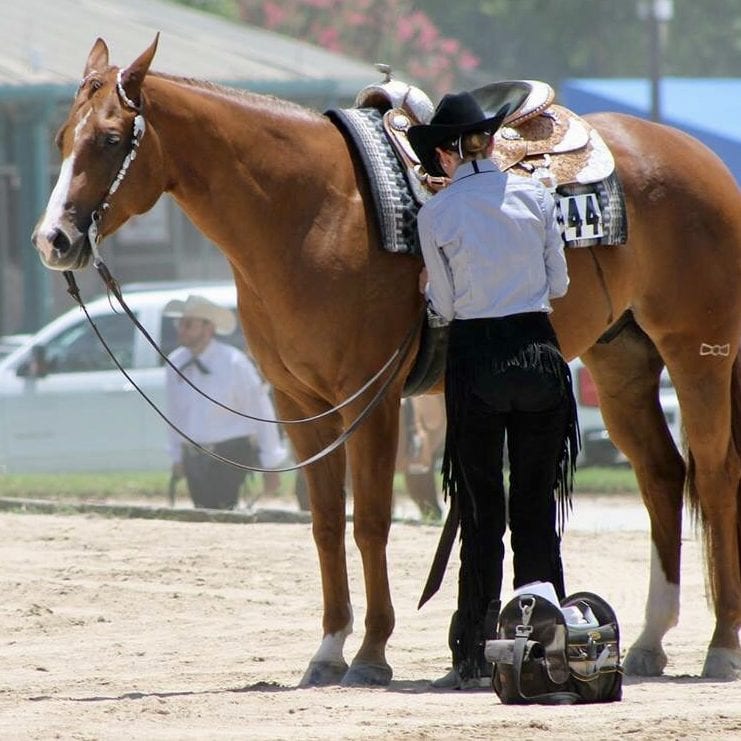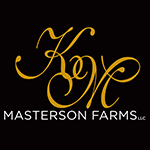Doctors, lawyers, teachers, business owners…let’s face it, to have show horses and compete usually means you are successful in at least the financial part of your life. You make decisions and you have control. But, when it comes to being successful in the show ring, sometimes just the opposite is necessary. We spoke with the industry’s leading trainers about how clients can make the most out of their program by just letting go and trusting their trainer’s system and why this can be the key to success.
Let it Go
Horses can and will make breakthroughs and some will jump forward in a short amount of time, but the majority of programs need time to develop, time to grow and time to foster the learning. After all, it takes 13 years for a child to advance through the education system. Horses can take half that time. Andrea and Ryan Kail, multiple AQHA Congress and World Champion trainers from Scottsdale, AZ, explain how commitment to their program is necessary to attain maximum achievement.
and World Champion trainers from Scottsdale, AZ, explain how commitment to their program is necessary to attain maximum achievement.
Andrea states, “When people buy into the program, they’re putting their trust in us and our program. That means every aspect, not just training and lessons. Ryan and I have a plan for every horse; feed, supplements, riding, schedule, vet and shoeing. We also prefer to be involved in all things showing, like the hat, clothes and pad choices. It is imperative that we have input in all of this. As a judge, Ryan has a great eye for what is eye-catching from the middle of the pen and making sure both horse and client are making the best first impression as possible.”
Consistent Communication
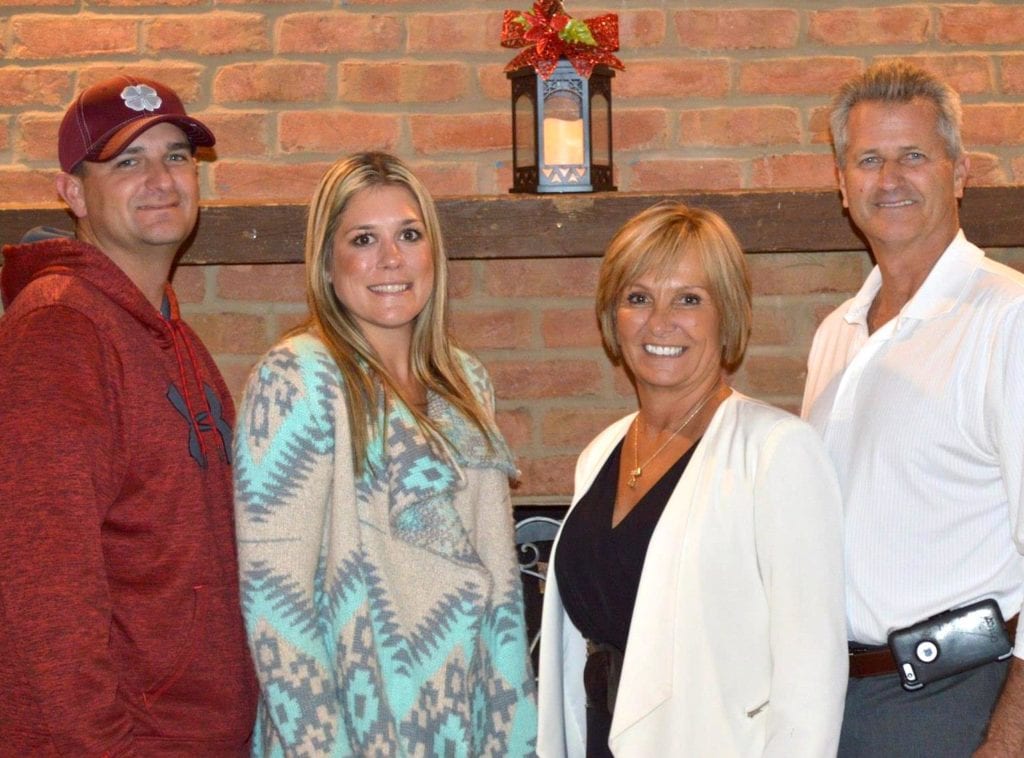 Chad and Katie Piper of Sunbury, Ohio run Piper Performance Horses with Chad’s parents, Duane and Heidi Piper. Accumulating multiple AQHA Congress and World Champion titles, the Piper’s agree that having faith in your trainer’s program can be what makes champions. Open communication and trust are how Piper’s foster their relationships with their clients.
Chad and Katie Piper of Sunbury, Ohio run Piper Performance Horses with Chad’s parents, Duane and Heidi Piper. Accumulating multiple AQHA Congress and World Champion titles, the Piper’s agree that having faith in your trainer’s program can be what makes champions. Open communication and trust are how Piper’s foster their relationships with their clients.
Katie explains, “Success comes from consistency. Our evaluation starts on day one with an open mind. On a blank slate within the first 14-21 days with a horse, we hone in on what the capabilities are of the horse, coupled with rider’s talent. After that, we sit down and discuss our rider’s goals.”
“As far as our program is concerned, first and foremost we treat every horse as if it’s our own. We keep open communication constantly with all clients. The importance of this is to ensure a long-term goal among all involved.”
Foster the Relationship
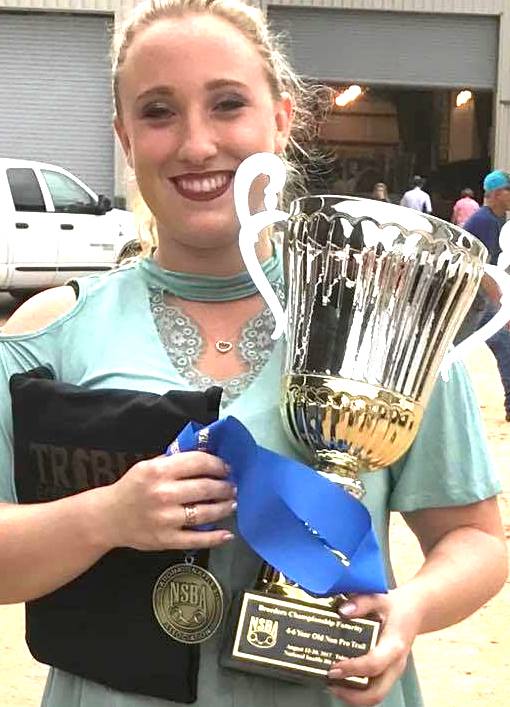 Libby Rinder, NSBA World Champion Non-Pro, hails from Boston, MA and keeps her horses in training with Whitney Lagace of Connecticut. Having her horses far from home means she entirely relies on her trainer for the care and training of her horses. Libby credits this all-in mentality to the reason she has been so successful in the show ring for so long.
Libby Rinder, NSBA World Champion Non-Pro, hails from Boston, MA and keeps her horses in training with Whitney Lagace of Connecticut. Having her horses far from home means she entirely relies on her trainer for the care and training of her horses. Libby credits this all-in mentality to the reason she has been so successful in the show ring for so long.
Libby explains, “’Buying in’ to me means that you commit to your trainer’s program fully. You use their farriers, their vets, their feeding program, your horse is in training full-time, and you go to them for lessons and meet them at horse shows where you stall with and work throughout the horse show with them.”
“I feel that it’s essential to buy in to your trainer’s program because this is a significant relationship that you build over, hopefully, many years. I believe that if you aren’t wholeheartedly committed to the program, it makes it difficult for you and your trainer to work towards the same goals.”
Setting Goals
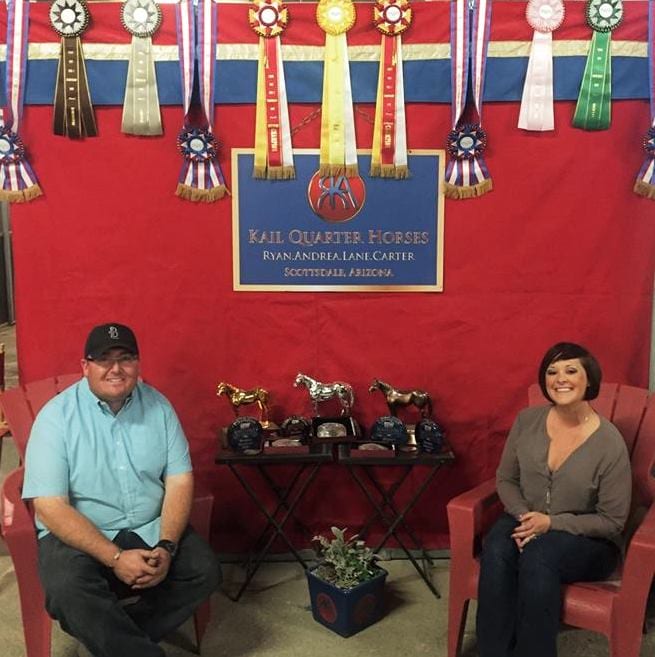 Trainers should be able to evaluate a horse and rider combination and help their clients develop realistic goals for every situation. For the Pipers, communication between all parties is mandatory.
Trainers should be able to evaluate a horse and rider combination and help their clients develop realistic goals for every situation. For the Pipers, communication between all parties is mandatory.
Chad states, “At the beginning of new horse and rider combinations, constructive criticism between horse and rider is part of our evaluation. Often, in the beginning, there is an adjustment period. Beyond that, we strive to build the client-trainer relationship and keep building on improvement.”
Andrea and Ryan Kail agree, “When we get a new client, the first thing we do is have a meeting to discuss goals; short term, long term and long-long term with a timeline. Then, we discuss ways to get those short-term or immediate goals met. Sometimes, the immediate goal is as simple as learning to steer better. Immediate goals are just as important as long-term because then every ride feels productive which keeps you motivated to reach some farther out goals.”
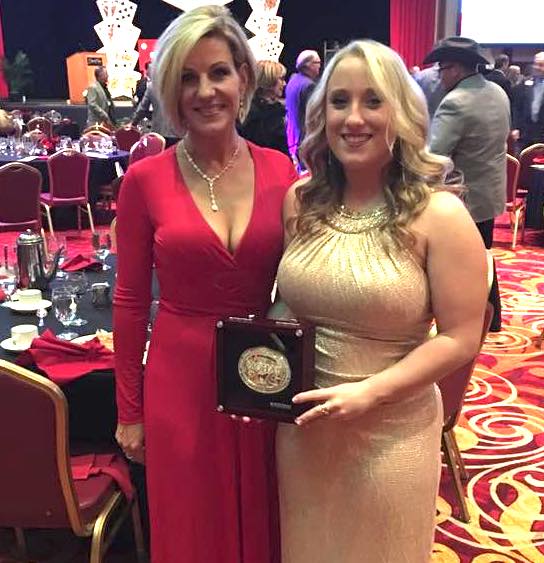 Rinder sings praises of the program she has chosen with Whitney Lagace for their ability to work toward her goals as a client. She states, “I think one strong aspect of Whitney Lagace’s program is that she has such a strong team that supports her and all of her clients. There is great communication among everyone and it leads to a very efficient environment. Her farrier and vets communicate and work together to promote the health and well-being of the horses. Her barn manager, Alyssa stays in close contact with them as well to find out if there’s anything the horses need. Then, she stays on top of any medication and treatments they may prescribe. This is all done in conjunction with Whitney and Lindsay Benson, the other trainer in the barn so that everyone is informed with what’s going on with the horses at all times and can work together towards the well-being of the horse. By ‘buying in’ you get the full team that a barn chooses to surround you and your horse to build success.”
Rinder sings praises of the program she has chosen with Whitney Lagace for their ability to work toward her goals as a client. She states, “I think one strong aspect of Whitney Lagace’s program is that she has such a strong team that supports her and all of her clients. There is great communication among everyone and it leads to a very efficient environment. Her farrier and vets communicate and work together to promote the health and well-being of the horses. Her barn manager, Alyssa stays in close contact with them as well to find out if there’s anything the horses need. Then, she stays on top of any medication and treatments they may prescribe. This is all done in conjunction with Whitney and Lindsay Benson, the other trainer in the barn so that everyone is informed with what’s going on with the horses at all times and can work together towards the well-being of the horse. By ‘buying in’ you get the full team that a barn chooses to surround you and your horse to build success.”
Big Mistakes
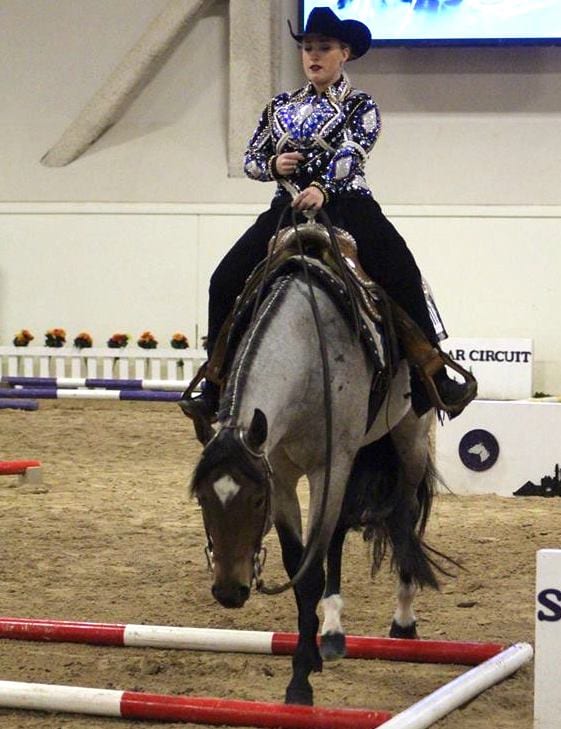 Top trainers agree that one of the biggest mistakes clients often make that can be detrimental to their success is by not fully committing. If there is open communication between both parties and the goals are clear, then, time needs to be taken to foster the process.
Top trainers agree that one of the biggest mistakes clients often make that can be detrimental to their success is by not fully committing. If there is open communication between both parties and the goals are clear, then, time needs to be taken to foster the process.
As a successful client and non-pro, Rinder explains, “If you’re not fully committed to the program, I think that’s where things fall through the gaps. If you use a different farrier, for example, and there’s an urgent need for your horse’s feet to be looked at or done, your trainer doesn’t have a relationship with your farrier like they do with the barn farrier. They have to go to you to have you contact your farrier to get them out, and they may not be able to get there promptly. Instead, if you are committed to the program, your trainer has a long-term relationship with the farrier, and they shoe the whole barn, so they’re going to make it a top priority to take care of any issues that arise.”
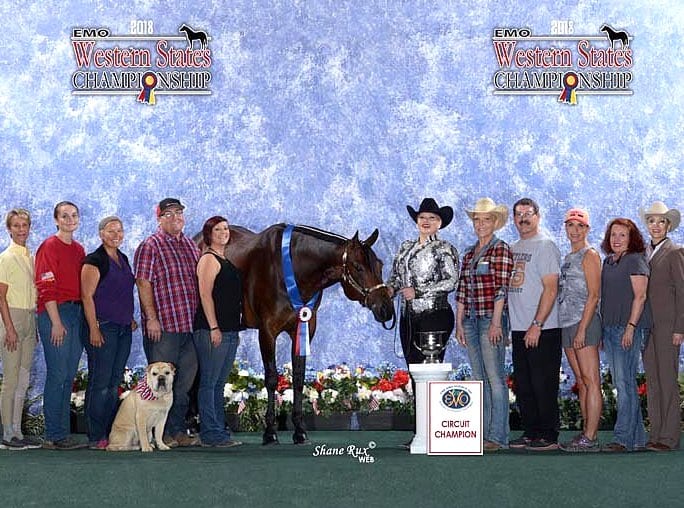 Andrea Kail also supports the idea of open communication, “I think the most typical mistake clients make is a lack of communication. No matter how big or small of a problem you have with your trainer, it needs to be discussed. Often people get upset about something, never talk about it to the person, then it just stews and pretty soon every little problem is a huge problem because there’s already animosity toward them. Clients need to remember we’re all on the same team, and we want them and their horse to succeed. Communication is the only way to move forward.”
Andrea Kail also supports the idea of open communication, “I think the most typical mistake clients make is a lack of communication. No matter how big or small of a problem you have with your trainer, it needs to be discussed. Often people get upset about something, never talk about it to the person, then it just stews and pretty soon every little problem is a huge problem because there’s already animosity toward them. Clients need to remember we’re all on the same team, and we want them and their horse to succeed. Communication is the only way to move forward.”
The Pipers are motivated by success and commitment, “Commitment of time is based on goals and the horse’s abilities, as well as the rider’s abilities, and this can fluctuate throughout the process. Consistency is key. Realistic goals for the horse, goals of the rider and a realistic outlook are key to success.”
Stay Put
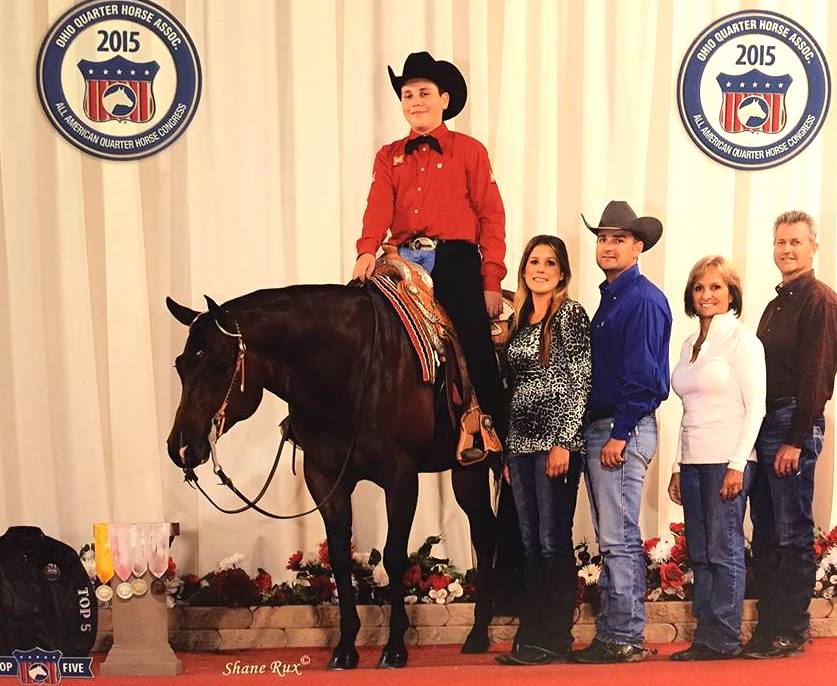 Learning new skills in any sport, including horse showing, requires time, consistency and a learning curve. There will be challenges. The industry’s leaders agree that staying the course and working through the problematic periods are what sets champions apart.
Learning new skills in any sport, including horse showing, requires time, consistency and a learning curve. There will be challenges. The industry’s leaders agree that staying the course and working through the problematic periods are what sets champions apart.
Chad Piper encourages long-term commitment and faith, “Every program is built on consistency. If a horse and rider team are bouncing around, it gives little time to build a solid relationship. Our program preaches consistency. Consistent riding by us and developing of horse and rider teams. We hold ourselves to a high standard of commitment to ensure our clients reach their goals. “
The Kail family also supports this idea, “Trainer hopping is hurtful to the client and horse because training horses relies so much on consistency, and if the horse is continually getting moved from one program to the next, there’s no consistency. Our entire barn is like a giant family. We’re all very close and I feel like that’s important since this is the client’s hobby. They need to enjoy it and the people they’re with. That’s hard to accomplish when a trainer is always worried about them moving on to the next trainer.”
 From a Non-Pro’s perspective, Rinder agrees, “One mistake that I often see is when someone comes in and tries to stick with something that they’re used to, rather than making the adjustment to the new program. This could be anything from keeping their farrier or vet who the trainer doesn’t know or have a working relationship with, or only being in training for part of the year and then taking the horse out. Anything that disrupts the flow of business and the program because the trainer and the staff have to go out of their way to make adjustments for you and your horse, just make their life that much harder and prevents them from really focusing on what’s important, which is the training and success of you and your horse. They’ve built the program because it brings them success and makes the barn efficient. If you buck the program, you’re disrupting that management and success they’ve established.”
From a Non-Pro’s perspective, Rinder agrees, “One mistake that I often see is when someone comes in and tries to stick with something that they’re used to, rather than making the adjustment to the new program. This could be anything from keeping their farrier or vet who the trainer doesn’t know or have a working relationship with, or only being in training for part of the year and then taking the horse out. Anything that disrupts the flow of business and the program because the trainer and the staff have to go out of their way to make adjustments for you and your horse, just make their life that much harder and prevents them from really focusing on what’s important, which is the training and success of you and your horse. They’ve built the program because it brings them success and makes the barn efficient. If you buck the program, you’re disrupting that management and success they’ve established.”
“I think the most important part is open communication. You have to be open with your trainer about your goals and expectations from the beginning and as they evolve. If your trainer isn’t clear on what you want to achieve, it’s impossible for them to know how to help you. If you’re frustrated, communicate that so you and the team in the program can try to come up with a solution to make it better.”
About the Author: Maureen West is an AQHA Professional Horseman, Mo West, currently lives in Tracy, California. Formerly a high school English teacher for over 15 years, she now pursues her passion for training, showing and coaching. She is an avid world traveler and loves boats and the water. Fishing is her second favorite activity, and she always has her beloved dog, Crash at her side whenever possible. Her biggest supporter, Stephen Holmes and his two heeler pups, Boondocks and Huckleberry, are never too far behind and can often be seen working hard at major horse shows across the country.


